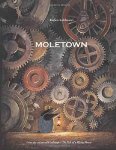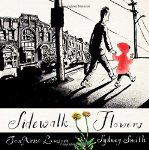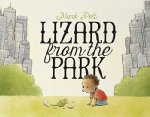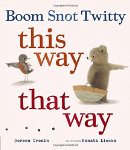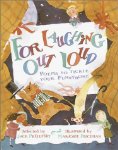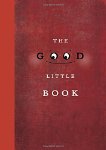 D Is for Drinking Gourd: An African American Alphabet
D Is for Drinking Gourd: An African American AlphabetNancy I. Sanders
Illustrated by E.B. Lewis
Poetry and nonfiction picture book
For ages 6 to 9
Sleeping Bear Press, 2007,978-1585362936
Often it is hard to get a real feel for the story of the African American people. We get bits and pieces of stories from biographies and histories, but the picture is a fragmented one. Now, thanks to this book, readers can start to fill in some of the gaps. They will read about the Buffalo Soldiers and African American cowboys. They will read about the African Americans who fought in the American Revolutionary War. They will discover that America's music, literary, and art scene was greatly influenced by the Harlem Renaissance – a time in the 1920s when African American poets, writers, musicians, and artists came together in New York City to create music, art, and books.
For each letter of the alphabet the author of this special alphabet book describes some aspect of African American culture or history. Some of the entries cover topics that will be familiar, such as "A is for abolitionists" and "L is for Little Rock Nine." Other entries will allow readers to see that there is so much more to the African American story. There are scientists, musicians, artists, leaders, athletes, and so many other people who have left their mark on our world. African Americans have been an important part of our society and we need to remember and be thankful for all that they have done and achieved.
For each entry in this celebratory book, readers will find an illustration, a short poem, and a longer piece of descriptive prose. The book can therefore be enjoyed on several levels ; the poems and artwork suiting younger readers, and the longer more involved sections of text being suitable for older readers.
This is one in a growing collection of alphabet books published by Sleeping Bear Press. Other subjects covered include space, China, cats, dogs, Canada, and Ireland.



